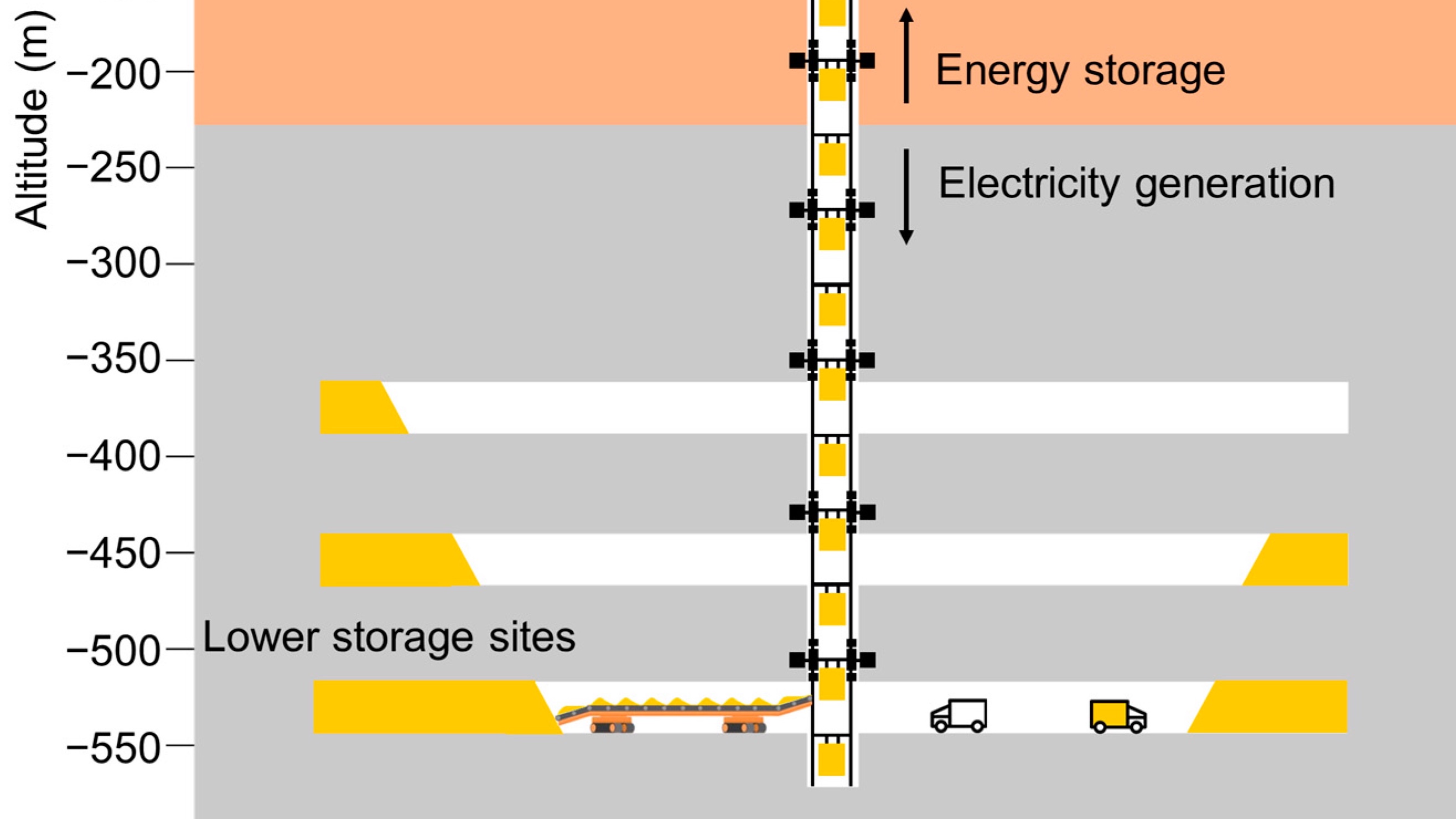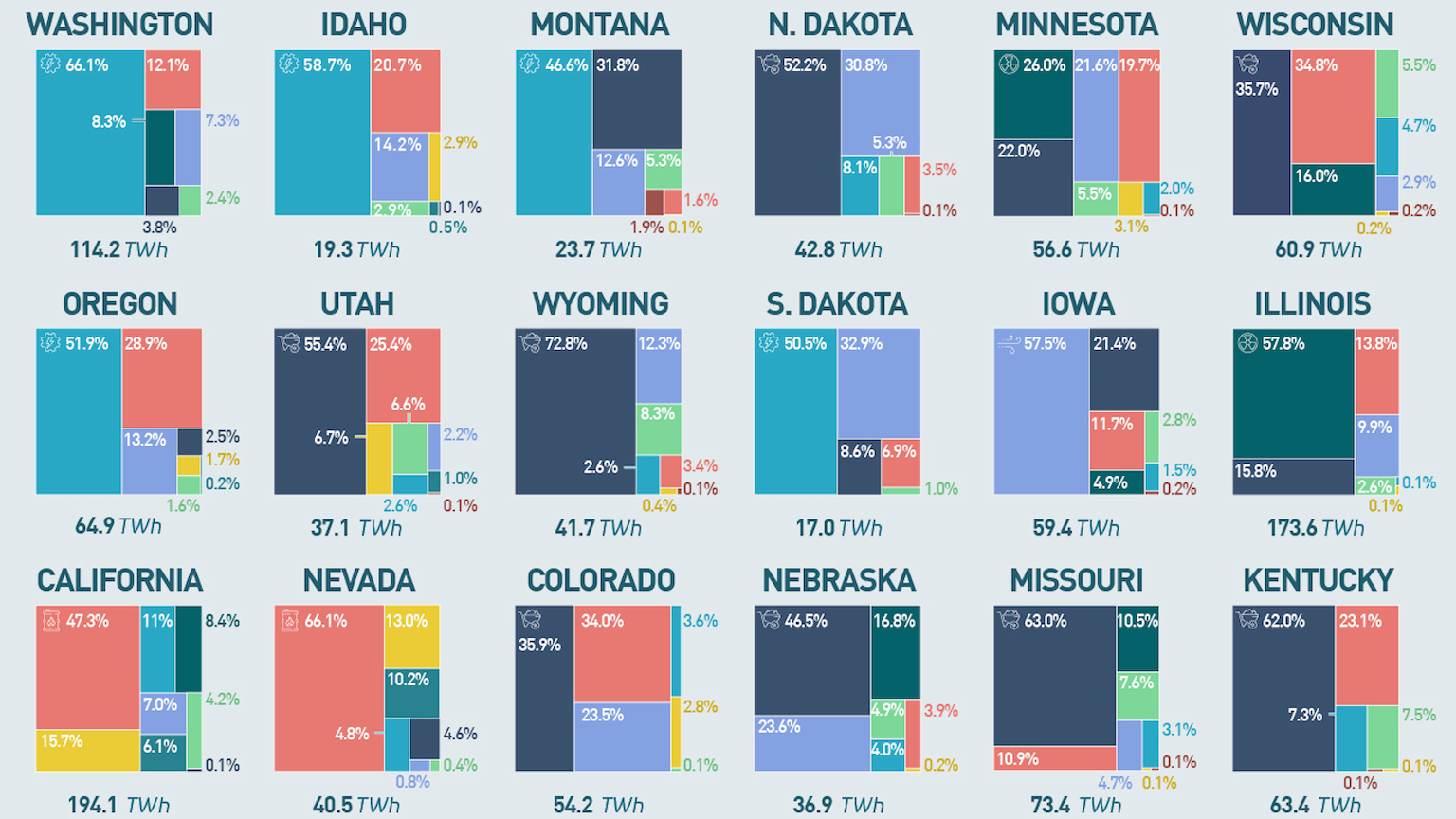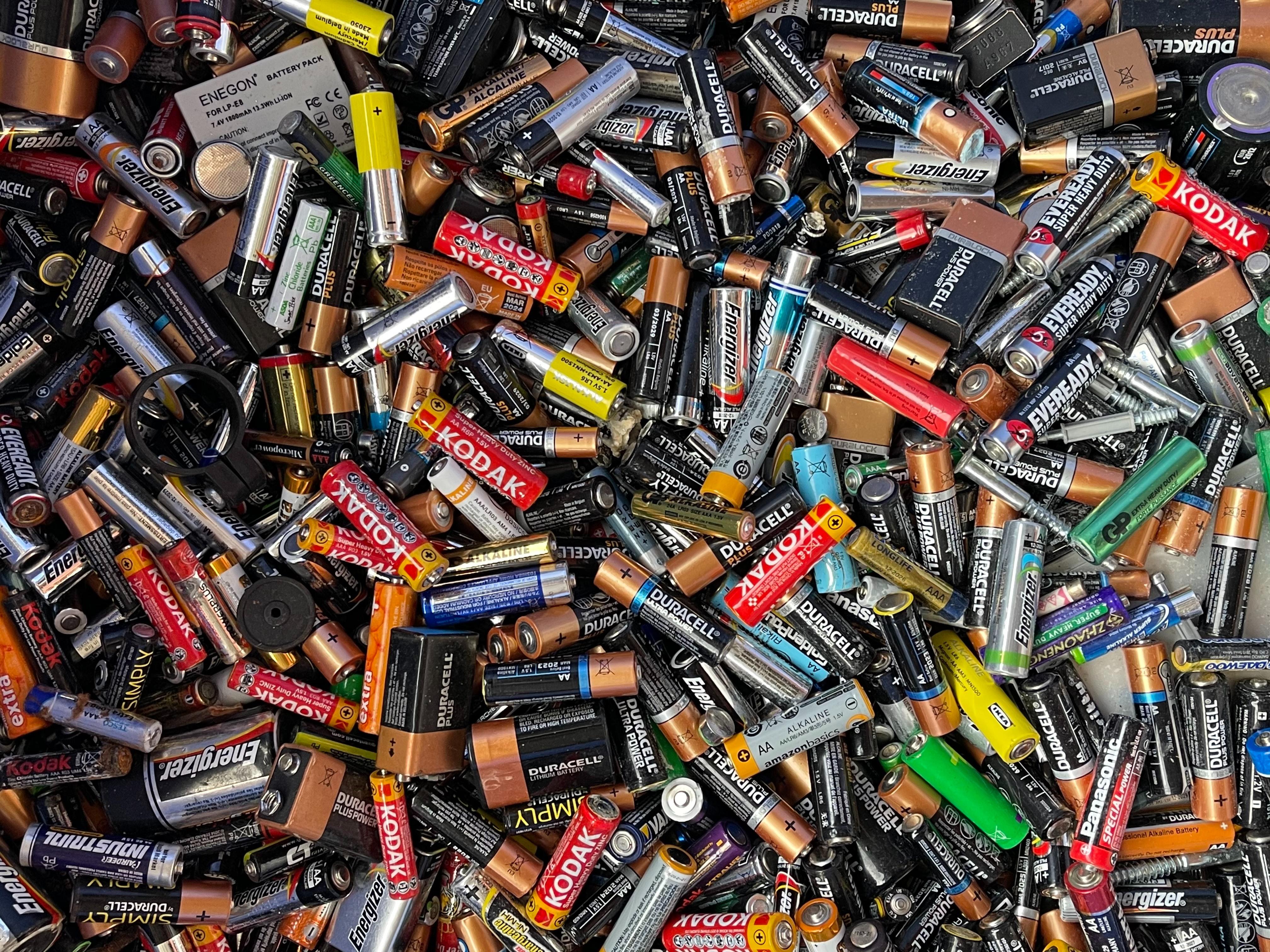For first time, U.S. renewable energies surpass coal

Image source: Pixabay
- Wind and solar saw the biggest increases in April.
- Spring is when coal-generated electricity is typically lowest, and when hydro-generated electricity is highest.
- American coal-fired power plants are shutting down at record rates, putting thousands of jobs at risk.
In April, the U.S. generated more electricity from renewable energies than coal, marking a first for the country. Renewable energies – including hydro, wind, solar, geothermal, and biomass – made up 23 percent of the national power supply for the month, while coal-fired electricity constituted 20 percent, according to the Environmental Protection Agency (EPA).
One reason renewables beat coal in April is because people generally use less electricity in the spring – when air-conditioning and heating are less necessary – and it’s also when some generators undergo scheduled maintenance. Of course, renewable-energy generation also changes by the season, particularly hydro, which peaks in the spring as the snowpack melts and flows downstream to generators. Solar-energy generation also hit a record monthly high in April.
Looking at the big picture, more renewable-energy infrastructure is coming online while coal-fired power plants are shutting down at record rates.

“U.S. coal generation has declined from its peak a decade ago,” the EPA wrote. “Since the beginning of 2015, about 47 GW of U.S. coal-fired capacity has retired, and virtually no new coal capacity has come online. Based on reported plans for retirements, EIA [The U.S. Energy Information Association] expects another 4.1 GW of coal capacity will retire in 2019, accounting for more than half of all anticipated power plant retirements for the year.”
Despite the surge of renewables and the shuttering of coal plants, the EIA predicts that coal will provide more electricity than renewables for the rest of 2019 and 2020, though it said renewables will surpass nuclear next year.

On Monday, West Virginia-based Revelation Energy LLC and its affiliate Blackjewel LLC filed for bankruptcy, making them two of several major U.S. coal companies to announce bankruptcy or closures in the past few weeks. More than 1,000 workers across several states could lose their jobs.
“It’s devastating for the community,” Charles Raleigh, mayor of Cumberland, told the Herald Leader. “It’s a sad situation. I hate it for the miners.”
Jeff Hoops, owner of Revelation Energy and Blackjewel, wrote in an affidavit that the weakened national coal market caused the bankruptcy.
“The entire industry either has gone through, or is currently going through, a period of financial distress and reorganization,” he wrote, according to the Herald Leader.





